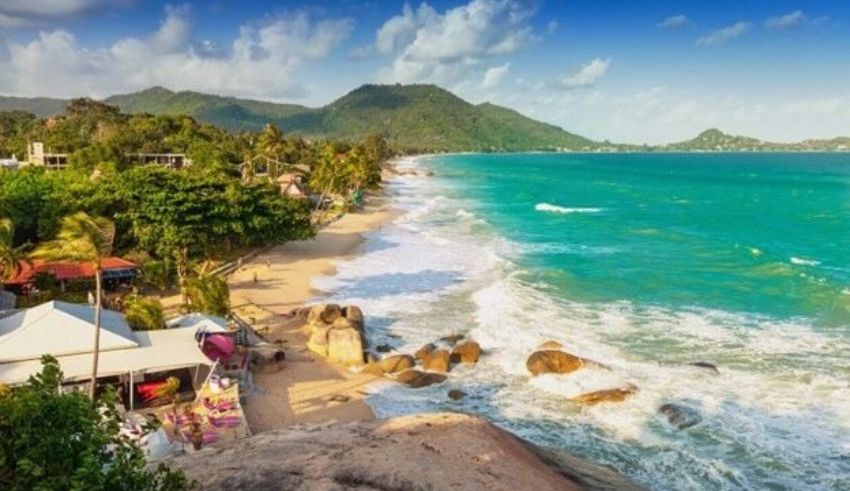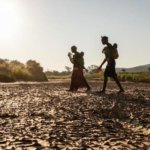
The recent report on Thailand’s tourist boom worsening the water crisis in Koh Samui, as highlighted by LiveMint, brings attention to the pressing issue of sustainable tourism practices and the urgent need for responsible management of tourist destinations. The findings shed light on the delicate balance between tourism development and environmental preservation, emphasizing the importance of sustainable approaches to safeguard the natural resources that draw visitors in the first place.
Koh Samui, known for its stunning beaches and pristine waters, has experienced a surge in tourism in recent years. While this brings economic benefits to the local community and contributes to Thailand’s overall tourism industry, it has also placed a strain on the island’s water resources and ecosystem.
The increased demand for water resulting from the rise in tourist arrivals, combined with inadequate infrastructure and improper water management, has led to a water crisis on Koh Samui. The island’s freshwater supply is being depleted at an alarming rate, jeopardizing not only the local community’s access to clean water but also the fragile ecosystems that depend on these resources.
The situation in Koh Samui serves as a cautionary tale for other tourist destinations grappling with similar challenges. The pursuit of mass tourism without proper environmental safeguards can have severe consequences, compromising the very attractions that draw visitors and putting local communities at risk.
To address this issue, it is crucial for governments, local authorities, and tourism stakeholders to adopt sustainable tourism practices that prioritize environmental protection and community well-being. This includes investing in water infrastructure, implementing effective water management strategies, and raising awareness among tourists about responsible water usage.
Sustainable tourism goes beyond preserving natural resources; it also encompasses promoting cultural heritage, supporting local economies, and engaging in responsible business practices. Balancing the needs of the tourism industry with the preservation of local ecosystems requires a holistic approach that involves collaboration between government bodies, local communities, and tourism operators.
The situation in Koh Samui underscores the importance of diversifying tourism offerings and encouraging responsible tourism practices. By promoting alternative attractions, dispersing tourist activities across different areas, and implementing visitor limits where necessary, destinations can mitigate the strain on infrastructure and natural resources.
Keep Reading
Moreover, educating tourists about the environmental impact of their actions and encouraging sustainable behavior can contribute to long-term conservation efforts. Tourists play a crucial role in driving demand for sustainable practices and can influence the industry by making conscious choices that support responsible tourism.
In conclusion, Thailand’s tourist boom exacerbating the water crisis in Koh Samui highlights the need for sustainable tourism practices and responsible management of destinations. The focus should be on striking a balance between tourism development and environmental preservation, ensuring that the benefits of tourism are enjoyed by both visitors and local communities without compromising the natural resources that make these destinations attractive. By embracing sustainable approaches and engaging all stakeholders, Thailand and other tourist destinations can pave the way for a more sustainable and resilient tourism industry.



























